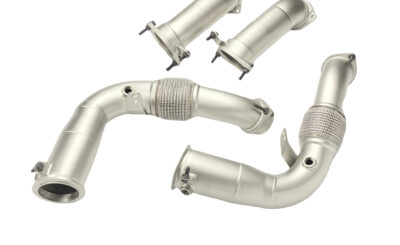In today’s automotive landscape, the Universal Vehicle Identification Number VIN Decoder stands as a pivotal tool, unravelling the intricate tapestry of a vehicle’s history, specifications, and manufacturing details. As technology continues to advance, understanding the VIN Decoder becomes increasingly crucial for consumers, dealerships, and regulatory bodies alike. This essay aims to demystify the VIN Decoder, shedding light on its significance, structure, and application in the automotive industry.
Understanding the VIN decoder
- Origins and Purpose: The VIN system traces its origins back to the 1950s, primarily conceived to standardize vehicle identification. Initially comprising simple serial numbers, VINs have evolved into complex alphanumeric codes, reflecting various aspects of a vehicle’s identity.
- Structure and Composition: A standard VIN consists of 17 characters, each conveying specific information about the vehicle. These characters are not randomly assigned; rather, they follow a structured format mandated by international standards.
Decoding the Alphanumeric Puzzle
- Region Identification: The first character of the VIN decoder typically denotes the country of origin or manufacturing region. This facilitates tracking vehicles across different geographical areas and complying with regional regulations.
- Manufacturer and Vehicle Type: Characters 2 to 3 represent the manufacturer and vehicle type. These alphanumeric codes uniquely identify the automaker and provide insights into the vehicle’s category, such as passenger car, truck, or motorcycle.
- Vehicle Attributes: Characters 4 to 8 constitute the vehicle descriptor section, divulging crucial information like engine type, body style, and model year. Decoding this segment unveils the vehicle’s intrinsic characteristics and specifications.
- Check Digit: Positioned at the ninth slot, the check digit serves as a mathematical validation of the VIN’s accuracy. Employing a specific algorithm, it detects any discrepancies or errors in the VIN, enhancing data integrity and reliability.
- Production Plant and Serial Number: Characters 10 to 17 delineate the vehicle’s production details, including the assembly plant and sequential serial number. These digits offer insights into the manufacturing timeline and production sequence.
Applications and Significance
- Consumer Empowerment: By leveraging VIN Decoders, consumers can access comprehensive information about prospective vehicles, including recall notices, maintenance history, and accident records. This empowers them to make informed purchasing decisions and ensures transparency in the automotive market.
- Regulatory Compliance: VIN Decoder plays a pivotal role in regulatory compliance and enforcement. Government agencies utilize VIN decoder data to enforce safety standards, monitor emissions, and combat vehicle theft and fraud.
- Supply Chain Management: Automotive manufacturers and suppliers rely on VIN Decoders to streamline supply chain management and logistics. By tracking components and assemblies through VINs, they can optimize inventory control, trace defective parts, and ensure quality assurance.
Conclusion
In conclusion, the Universal Vehicle Identification Number (VIN) Decoder serves as a cornerstone of the automotive industry, providing a comprehensive framework for identifying, tracking, and analyzing vehicles throughout their lifecycle. By unraveling the alphanumeric puzzle encoded within VIN decoder stakeholders can glean invaluable insights into a vehicle’s history, specifications, and manufacturing details.








